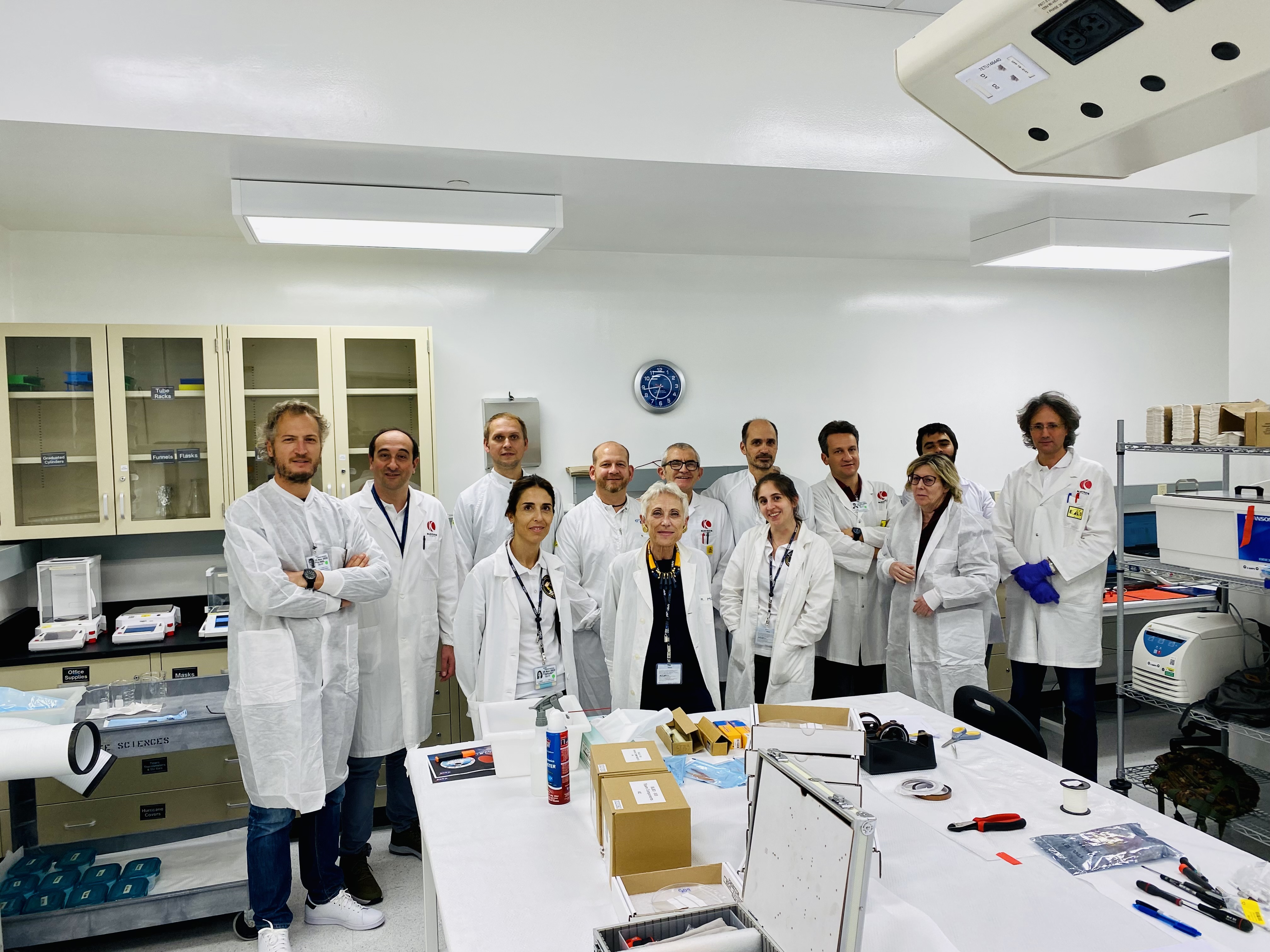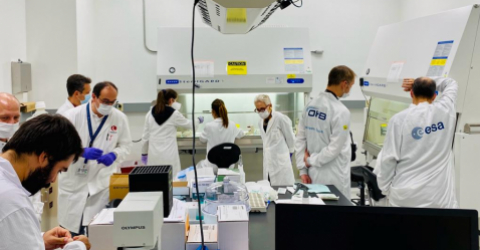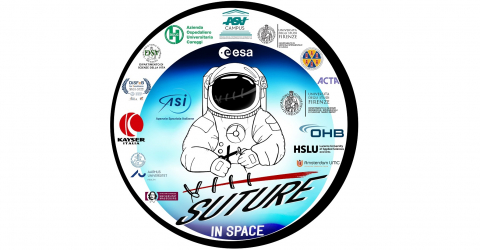ASAcampus presents the results of the research SUTURE IN SPACE: wounds heal more slowly in Space
The outcome of the experiment, in which the ASAcampus Joint Laboratory for Biology of Physical Stress set up by the Experimental and Clinical Biomedical Sciences Department of the University of Florence and by ASA’s Research Division had a leading role, was presented on 15th October during the International Astronautical Congress in Milan.
In Space, wounds heal more slowly as the tissue repair process is altered compared with what occurs on earth: this is the outcome of the experiment “Suture in Space”, implemented by an international team to understand the effects of microgravity on the healing process.
The results of the research, chosen by the European Space Agency (ESA) and financed by the Italian Space Agency (ASI), were presented by Dr Monica Monici from ASAcampus at the International Astronautical Congress (14/18 October – Milan), one of the most important worldwide events for space exploration and services.
The ASAcampus Joint Laboratory for Biology of Physical Stress set up by the Experimental and Clinical Biomedical Sciences Department of the University of Florence and by ASA’s Research Division – a leading company in the production of laser systems for medical applications and of magnetotherapy devices – in fact played a central role in the study, which lasted 7 years in total.
During the first phase of the project, the Joint Laboratory in fact dealt with developing some models of sutured wounds based on ex-vivo cultures of human tissue, skin and blood vessels. All thanks to the development of a culture technique which maintained their vigour for over 4 weeks. This activity was carried out in collaboration with surgeons from the University Hospital of Careggi and from the Experimental and Clinical Department of the University of Florence.
The biological samples left for the International Space Station (ISS) in November 2022. Here they were placed in an incubator at a temperature of 32°C. After 4 days, half was frozen at minus 80° C, the other half underwent the same treatment but at 9 days.
During the second phase, with the cooperation of the other project partners, both national (University of Milan, University of Siena and University of Molise) and international (University of Amsterdam, Aarhus University and University of Lucerne), the samples returned to earth were analysed (third phase).
“All the biological samples - explains Monica Monici - were divided and shared with the various Italian and European research groups involved in the project. Each group carried out specific analyses on portions of the tissue, and the data were collected and processed to obtain an overall picture of the results”. “In the first instance, the results of the experiment confirmed what other preliminary research had already hypothesised: in space, the wound healing process is delayed and altered compared with on earth. One of the main objectives of the project was to obtain information concerning the tissue remodelling phase during the wound healing process. The results obtained show that in Space important changes occur in the quantitative relations between the various components of the extracellular matrix, which also impact the mechanical properties. The extracellular matrix is the non-cellular component of tissues and not just a structural support for the cells, but it also transmits biochemical and mechanical stimuli to these, therefore it carries out a vital role. Furthermore, alterations concerning the activation of cell populations involved in the wound healing process, such as fibroblasts and keratinocytes, were observed”.
The evidence obtained in space can also have important consequences on earth. Despite the many studies, there are still gaps remaining in the knowledge of the healing process. One of these concerns the role of mechanical stimuli, which has not been fully clarified. Carrying out experiments in microgravity conditions, that is in the absence of load, can be very useful to understand the role of mechanical stress in the evolution of the process.











